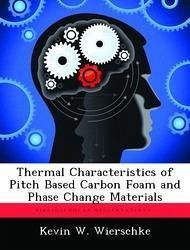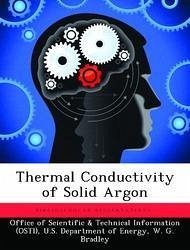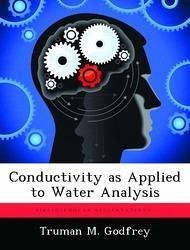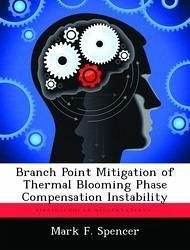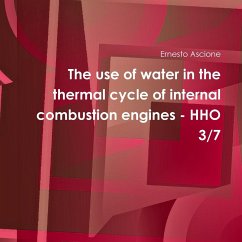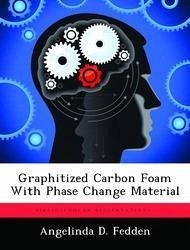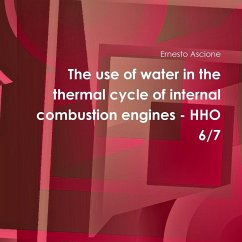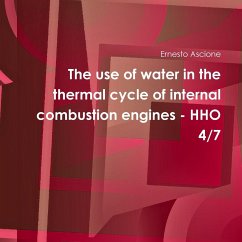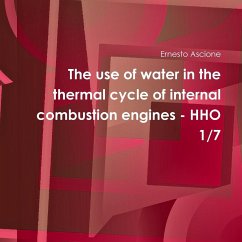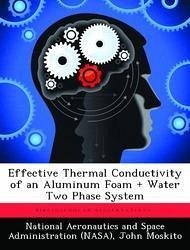
Effective Thermal Conductivity of an Aluminum Foam + Water Two Phase System
Versandkostenfrei!
Versandfertig in über 4 Wochen
54,99 €
inkl. MwSt.

PAYBACK Punkte
27 °P sammeln!
This study examined the effect of volume fraction and pore size on the effective thermal conductivity of an aluminum foam and water system. Nine specimens of aluminum foam representing a matrix of three volume fractions (4-8% by vol.) and three pore sizes (2-4 mm) were tested with water to determine relationships to the effective thermal conductivity. It was determined that increases in volume fraction of the aluminum phase were correlated to increases in the effective thermal conductivity. It was not statistically possible to prove that changes in pore size of the aluminum foam correlated to ...
This study examined the effect of volume fraction and pore size on the effective thermal conductivity of an aluminum foam and water system. Nine specimens of aluminum foam representing a matrix of three volume fractions (4-8% by vol.) and three pore sizes (2-4 mm) were tested with water to determine relationships to the effective thermal conductivity. It was determined that increases in volume fraction of the aluminum phase were correlated to increases in the effective thermal conductivity. It was not statistically possible to prove that changes in pore size of the aluminum foam correlated to changes in the effective thermal conductivity. However, interaction effects between the volume fraction and pore size of the foam were statistically significant. Ten theoretical models were selected from the published literature to compare against the experimental data. Models by Asaad, Hadley, and de Vries provided effective thermal conductivity predictions within a 95% confidence interval.



